For businesses offering software as a service (SaaS), this will usually mean that your entire business model depends on your website or software. For this reason, the software must be easy-to-use, efficient, simple, and above all: Meet or exceed expectations.
At Intergy, we saw this first-hand when we worked with Car Industry Appraisal Application Pty Ltd (CIAA). CIAA allow car dealers to easily avoid appraisal systems that are paper-based, and instead move into the digital age completing appraisals from anywhere, with an innovative system. This is the heart of what SaaS businesses aim to do provide a service that improves the lives of those using it in some way.
For SaaS to make a profit, businesses must offer enough features to entice new customers and keep a competitive advantage, while still maintaining simplicity and ensuring a high Lifetime Value (LTV) and low Customer Acquisition Cost (CAC).
So how much profit should you be aiming for? Consider the 40% rule. Ideally, both your growth rate and your profit should equal 40%- meaning if your business has a growth rate of 20% you should be earning a 20% profit, if you’re growing at 30% you should be earning a profit of 10%, and if you’re growing at 50%, you can even lose 10%.
Here are some tips to ensure you profit from your software as a service:
Offer value
To have customers signing on for a monthly commitment, you need to offer enough value that they can justify adding one more monthly charge to their bank statement. Businesses must meet this need and ensure that their pricing seems reasonable enough that consumers can justify the cost and feel that they’re getting enough value for the amount they’re spending.
Easy sign-up
To attract new customers, it’s important to recognise that people have shorter attention spans than ever. Customers will be much more likely to sign up for a free trial, if you avoid having a seemingly never-ending form full of boxes that need filling out.
Netflix is an excellent example of this, and the company attracts customers with a free trial, getting them hooked on the easy access to their favourite shows for a month, and ensuring that they’ll want to continue with a paid subscription after the first month ends.
Critically, the sign up process is simple, and as the customer is entering their email address, the copy tells the customer: “Just two more steps and you’re done! We hate paperwork too.” Does your business make it this easy for new customers to try out your service?
Focus on marketing
If you have a low selling price, you’ll need to find as many customers as possible to make a profit.
Marketing for SaaS depends on information. If you look at some of the information sources and blogs that you read the most often, it’s likely that you’ll find that much of this information is coming from either a SaaS provider or those who sell SaaS. Buffer is a great example of this. The blog is read around the world, but it’s actually based on information that supports their social media service.
Your marketing should be providing information that leads straight back to the source of even more information and value: Your SaaS product.
This is why content marketing is so popular right now- customers can find a wealth of information for free online, and when they find specific, actionable, and targeted information that helps them in their day-to-day life, your business will be the first they think of when they need your service (as long as you’re out-marketing your competitors), and you’ll be attracting loyal customers.
Run it like a machine
In an ideal scenario, your customers will find your product, use the free trial, subscribe monthly, and then never need to contact you. When customers are writing to support, it’s likely that you’ll be losing money- simply taking the time to answer their email (and it’s rarely just the one) will negate the money that they’ve paid that month.
For this reason, the copy that you’re using throughout the software and website is crucial. There should be a thorough explanation of the way the service works- both on the home page and during the sign-up process, and you should also have an F&Q page that answers the most popular questions, so customers can check if their question has been answered before they send their email.
While customer service is important, for software as a service businesses, providing hands-on service will eat into your profit and may mean you need to hire staff to deal solely with these interactions- something that is often necessary for established businesses but can be bad news for a startup.




